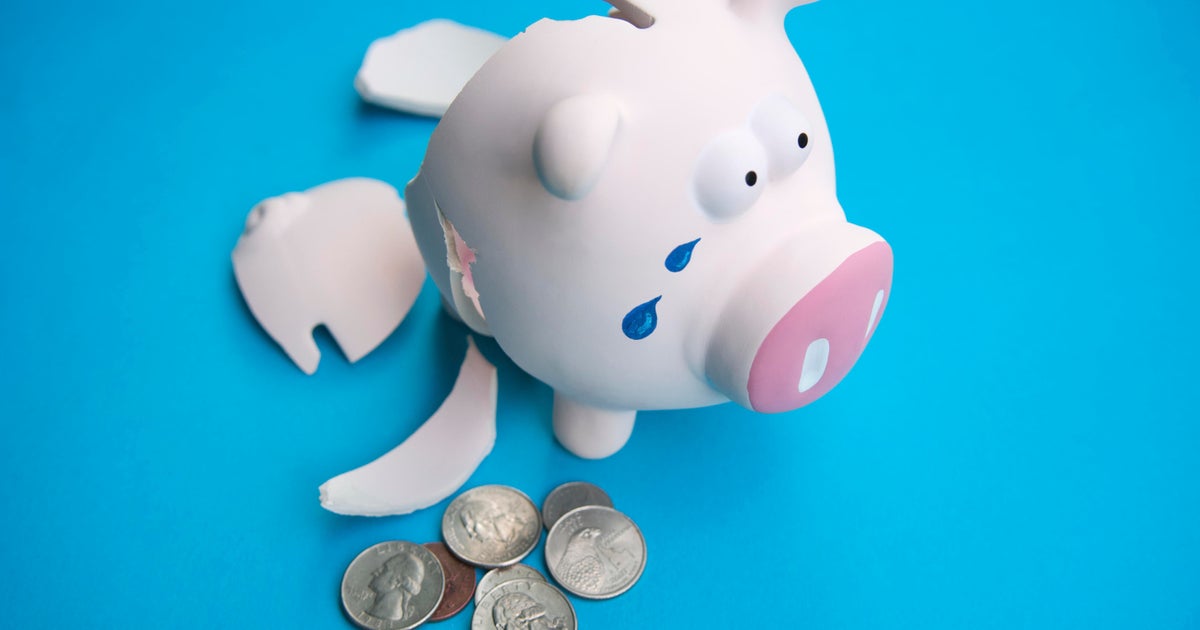Making violins
Listen closely enough as you walk through one fabled Italian forest, and you might just imagine you're hearing music. Seth Doane has sent us a Postcard from the Dolomites:
The stunning beauty of the Dolomites is apparent to anyone who visits Italy's Alps. But Fabio Ognibene sees much more in this forest: He selects wood that's just right for making musical instruments.
Pointing to one tree he notes, "This, for me, is for the piano soundboards."
Doane asked, "When you look around a forest like this you can say, 'That's a violin, that's a cello, this is a piano soundboard'?"
"Yes," he replied.
For example, one tree -- its trunk long and straight, with few branches or knots -- is perfect for the violin.
Ognibene's colleague and sister-in-law Piera Ciresa says instrument makers have been harvesting from the Fiemme Valley for almost six centuries.
She explained: "The wood of the Fiemme spruce is very, very light and elastic. This makes it sound better."
The alpine spruce grows evenly at this elevation. It's chopped down in the fall during a waning moon, when there is the least amount of sap in the tree.
"The trees must be not too big, and not too small," Ciresa said. "You must have a piece of wood perfect … without defects."
The wood is cut into wedges and aged for at least six years, like a fine wine. There's enough aging in Ciresa's workshop to make violin tops for 1,000 orchestras.
That's where Bernard Neumann comes in.
"The minerals that the trees have access to is very good for making a wood that is strong and at the same time light," he told Doane.
Neumann and his business partner, American Bruce Carlson, opened up shop together three decades ago in the northern Italian town of Cremona, where the violin was born, perfected, and where music seeps from its nearly 150 violin shops.
Famed luthier Antonius Stradivarius worked here, and is remembered in this city which is now a UNESCO World Heritage site for violin making.
Neumann carries on the tradition using many of the same tools, and that all-important spruce for the face of the instrument. The base is made from maple.
"The wood that I choose has to have the physical qualities, but it also has to have a kind of energy,' said Neumann. "And already it has a voice."
"You don't think of wood as having energy or a voice," said Doane.
"Yeah, but that's the whole thing -- the body of the instrument is an amplifier, basically, a natural amplifier."
As violinist Alessandra Cuffaro demonstrated …
Neumann explained to a group of students visiting from Maryland: "It's special wood that vibrates, that resonates," he said, tapping on samples.
And which, for centuries, has led some of the world's greatest violin makers into these singing woods.
For more info:
- Ciresa Musical Instruments, Tesero, Italy
- Carlson & Neumann, Cremona, Italy
- Violinist Alessandra Cuffaro











